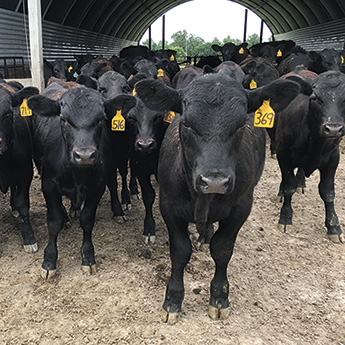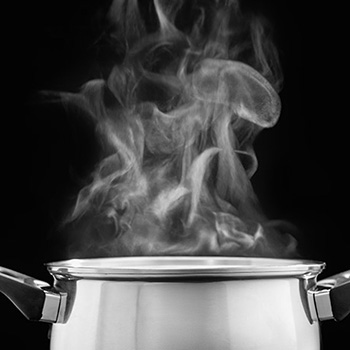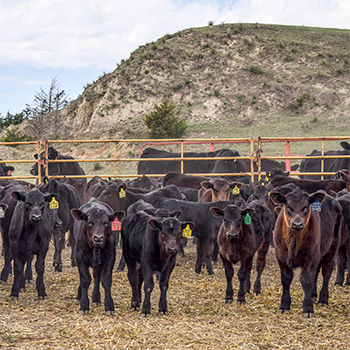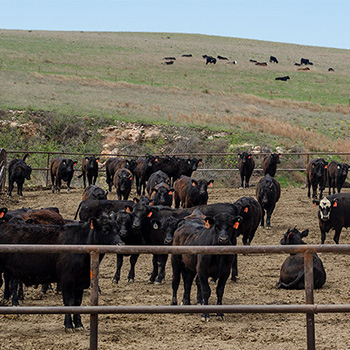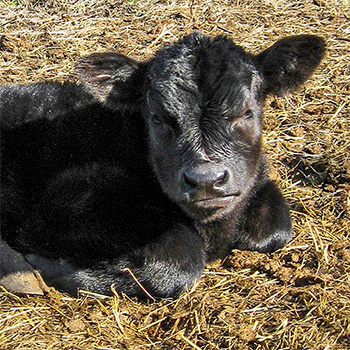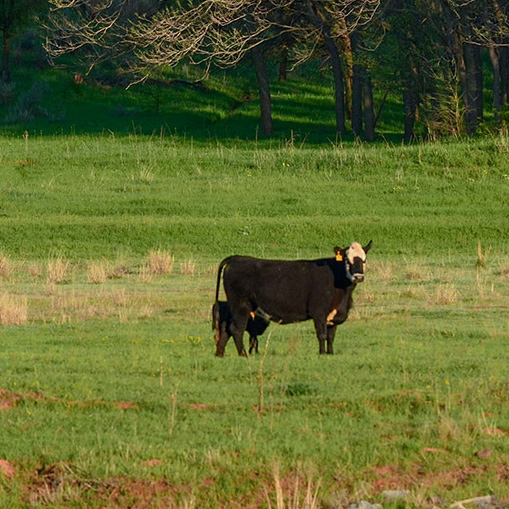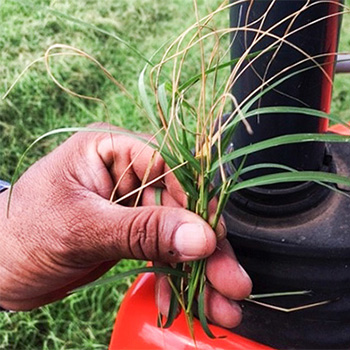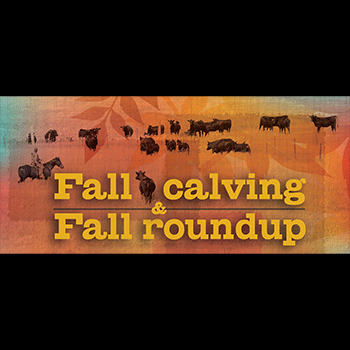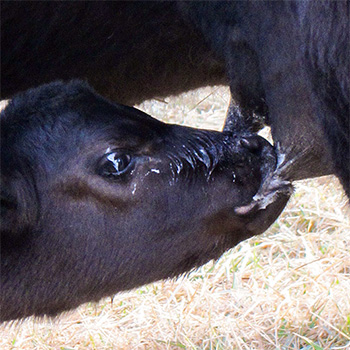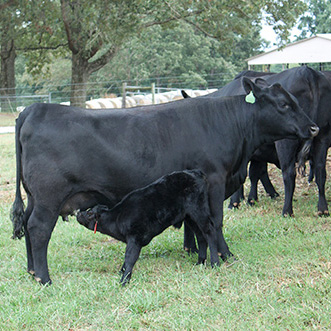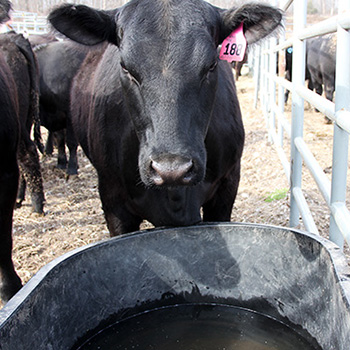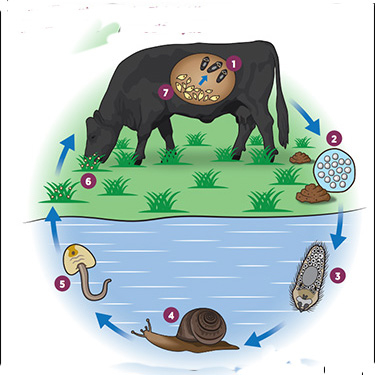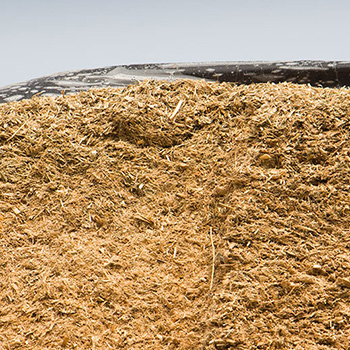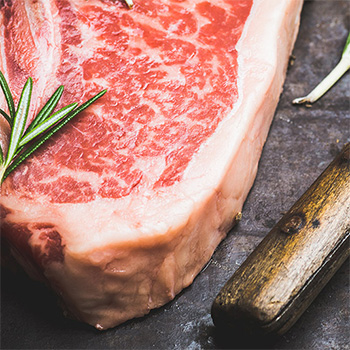
Association Perspective
Feeder-calf sale observations.
August is winding down, fall is rapidly approaching, and the summer feeder-calf season is more than two-thirds complete. The fall bull sale season is right around the corner. With cooler temperatures this summer, many producers in this region are just beginning to wrap up the first cutting of hay, getting the bales into stack yards.
Speaking of bales, have you heard about the grand prize for the 2019 Angus Convention? A brand-new Bale King 5300 processor, with three-bale attachment donated by Bridgeview Manufacturing! When I was on the ranch, I used to dream of having the ability to handle five bales of hay or straw at a time when feeding cows or bedding bulls. Registered and commercial producers alike are invited to Reno, Nev., Nov. 2-4 for the 2019 Angus Convention and Trade Show. Come enjoy a little Western hospitality in “the biggest little city in the world!” Visit www.angusconvention.com to register for what is sure to be an outstanding event.
Okay, back to business. The summer video sale season kicked off in June with four large sales. Large, early-delivery calves were in high demand and brought a noticeable premium. Seven-hundred-plus-pound (lb.) calves in certain locations were bringing only slightly less than the prices they brought the year before.
Program cattle — those enrolled in Non-Hormone-Treated Cattle (NHTC), NeverEver and Global Animal Partnership (GAP) programs — sold well also, but the premiums went to those that had 700-plus-pound calves with an early October delivery.
For example, in the Corn Belt Classic, several lots of steers averaging 767 lb. out of the Judith Basin in central Montana brought a range of $144 to $160 per hundredweight (cwt., roughly $1,172 per head). The only program most of these steers sold with was Judith Basin sunshine and grass.
Similar five-weight steers from the same location, but with later delivery dates were bringing on the light side about $152 per cwt. (around $801 per head). With heavier five-weights bringing about $146 to $160 per cwt. (or about $879 per head), this trend continued into the later June sales.
July video sales continued to see program cattle and heavy steers with delivery the first week of October continue to command stronger prices. While prices on the heavier steers were steady to slightly better through July, the lighter-weight, later-delivery steers continued to struggle when compared to previous years.
There were some cheaper sets of heavy steers, usually dictated by delivery location or missing the delivery window the buyers wanted.
As July wrapped up, prices at the Northern Livestock Video Summertime Classic remained very strong. Steers weighing 765 lb.-822 lb. averaged $154 per cwt. ($1,185-$1,262 per head). If the steers were heavier or yearlings, they were $134-$170 per cwt. ($1,300 to $1,425 per head). The sale also featured a large string of Nebraska Angus LinkSM calves that would have consistently been at the top end of the price range for the weights and delivery dates they were selling.
With just one video sale concluded in August, prices appear to be coming down slightly from their highs at the end of July. This is not unusual, as slots for program cattle start to get full. With several large sales left to go in August, it will be interesting to see where prices sit at the end of the month. With the potential for more U.S. beef to enter the European Union, there could be a resurgence in price for program cattle, specifically the NHTC and NeverEver calves. There’s no guarantee on this, but it is a possibility.
As mentioned in previous articles, when marketing summer video cattle, consistency is important. Give the buyers what they want, communicate with last year’s buyers to see if they have an interest in adding any bells and whistles to the lots (NHTC, NeverEver, GAP) and be aware there may be limitations on premiums paid that could be due to delivery date and/or delivery location. If feasible, try to market your calves at the same time every year. Trying to chase last year’s market peak could be a frustrating exercise and cost money in the end.
It’s never too early to think about next year’s marketing cycle, and if you’re still thinking about marketing options for this fall’s sale barn, you have options through the American Angus Association®. The Association offers a suite of commercial programs — AngusSource® (AS) Age & Source, NHTC, AS-NeverEver3, AS-Cattle Care & Handling, AS-Calf Management, AS-Angus-sired, GAP, and the Angus Link program — to help promote your high-quality Angus genetics. Please contact an American Angus Association regional manager near you for more information, or contact the office in Saint Joseph, Mo., at 816-383-5100 for more information about any of these programs.
Editor’s note: Regional Manager Kurt Kangas covers Region 10, including the states of Alaska, Montana and Wyoming. Click here to find the regional manager for your state.
